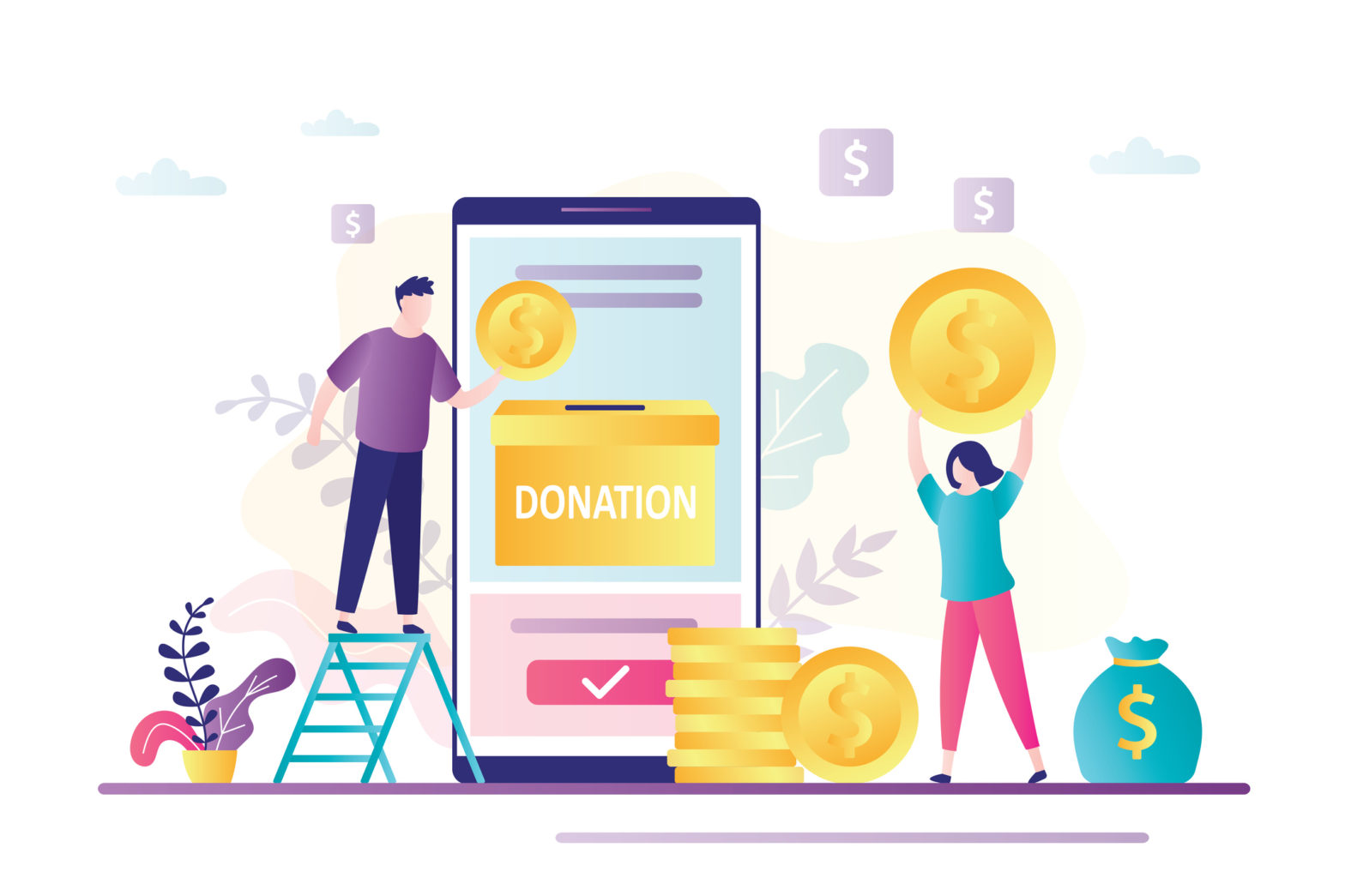Your Summer Guide To Fundraising & Donor Development
Summer is the perfect time to enhance your fundraising and donor development. The office is quieter and it comes right before fall fundraising season. This guide helps you plan and organize your fundraising and donor development for the coming year.
Part One: Clean-Up

Before you move forward you need to look back and make sure your database is clean and up-to-date.
1. Analyze your database for missing information
It is imperative to have accurate information on your donors.
a. Run a report to see which contacts have missing phone numbers, email addresses, and physical addresses.
b. Make a strong effort to collect as many missing data points as possible.
c. Make sure all of your online forms require an email and phone number so you don’t need to fill in missing data later.
2. Look for inactive donors
Make sure that you remove donors who will no longer be contributing from your active donor list. This may include individuals who are deceased, have moved away, or have been unreachable for five or more years.
Part Two: Organize

Donor organization and research helps you learn about your donors and how active they are. This stage is crucial to targeting the right individuals and understanding what you should be asking them for.
1. Group & Score Your Donors
Scoring and grouping your donors makes it easier to focus on smaller segments of your donor base and design donor programs for specific groups.
a. Donor Scores: Give your donors a score based on how often they give, how recently they gave and how much they gave. The higher their ranking the more emphasis you should place on developing a relationship.
b. Grouping/Tiers: Once each donor has a score, divide them into five groups (tiers). Your top tier should have only 1-2% of your donor base. Your 2nd tier should have about 5% of your donor base. Your 3rd tier should have 10% of your donor base. The 4th tier should have 20% of your donor base. The fifth tier should have the remaining ~60% of your donor base.
2. Look For Trends
In addition to organizing your donors by scores and groups, it is important to know how your fundraising is faring. Looking at general organization trends and specific donor trends is important to understanding the health of your donor development.
a. General Trends: Create year-over-year reports that show general trends.
- Average donation amount
- Median donation amount
- Amount raised
- Amount of donors
- Amount of new donors
- Number of lapsed donors
These basic reports will give you a snapshot of the general health of your donor development. It will also help you keep an eye on your smaller donors and make sure to keep them engaged.
B. Individual donor trends: You will want to develop a report that flags any donors that seem to be showing an increase or a decrease in giving. Try and build a report that analyzes if the amount donated and the number of donations given is growing year over year or declining. The top performers and the weakest performers should then be on the top of your list to engage.
3. Analyze Your Event Participants
Individuals who participate in your programs and events may not be donors but they are connected with your organization and may be future prospects. Here are some ways you can get participants involved in giving.
- Review your participant lists to see who may be a giving prospect.
- Develop a soft ask plan for event participants that regularly reminds them that they can give back.
- Develop a micro-donation program that will resonate with event participants. Some examples are a tribute program, cause-based giving, and event sponsorships.
4. Consider a Wealth Screening
Wealth screenings companies let you do a deeper dive into your donors and get a better picture of their net worth, political giving and more circumstantial data. Wealth screenings are not for every organization and many times the data is incomplete or incorrect.
Part Three: Build Your Donor Plan

Now that you have clean and organized donor information you can begin the planning process.
1. Create Objectives & Key Results
Before you start building a plan you need to think about what your goals are. By knowing what you are trying to achieve (objectives) you can start creating measurable tasks (Key Results) that will show your progress and generate success. Here are some resources that can help you implement Objectives & Key Results (OKRs)
- The book Measure What Matters is an easy way to understand OKRs and how they work
- This video is 10 years old but still relevant and a great way to understand OKRs.
- This book gives you a deep dive into OKRs
2. Develop Your Giving Programs
Decide on the types of giving programs that you would like to focus on in the coming year. Make sure there is a program that will fit each of the donor groups (tiers). Examples include:
- Monthly/Recurring Giving Program
- Event Sponsorship Opportunities
- Planned Giving Program
- End-Of-Year Fundraising Campaign
- Tribute Donations
- Giving Tuesday Campaign
- Matching Campaign
- Capital Campaign
- Peer-To-Peer Experiential Campaign
3. Implement Moves Management
Moves management is a process that helps nonprofit organizations grow donor relationships by moving them along a predetermined path from the initial cultivation to the “ask” and beyond.
Moves management is a crucial part of donor cultivation. It provides a great way to plan, make and keep track of a targeted number of “moves” or “touches” per year to major gift prospects.
Wrap Up
We hope you found this guide helpful. If you would like any help on developing donor scores, organizing your donor data or strategic fundraising planning feel free to contact us to see how we can help you!
Author:
Tzvi Schectman
Date:
June 14, 2022
Tags:
Fundraising

Enjoying what
you've read?
Here's more.

Moves Management: Who are Your Major Donors in 2022?
Tzvi Schectman
If you do not have a good idea of who will be supporting you in three years you may be in trouble. Stop...




